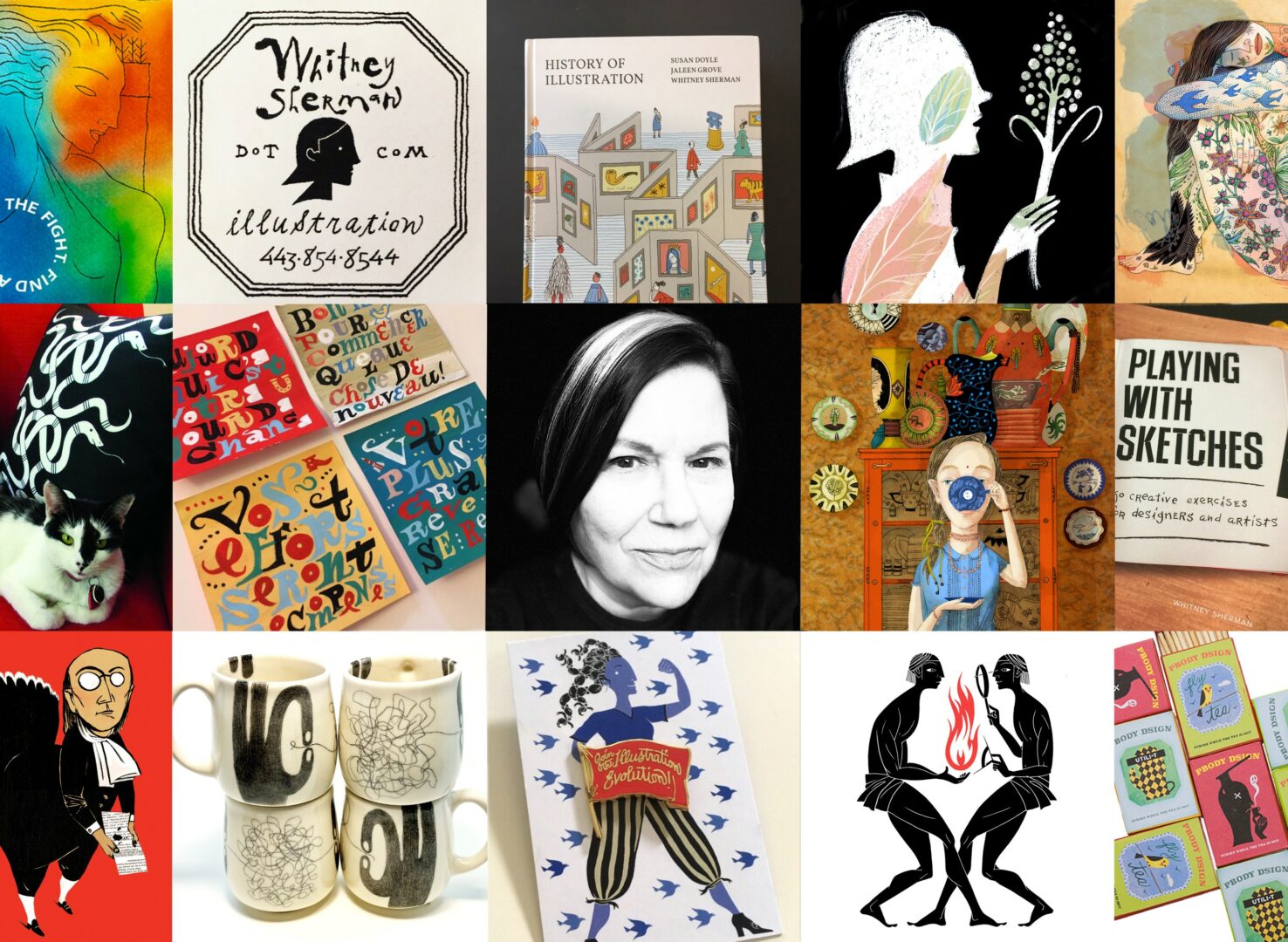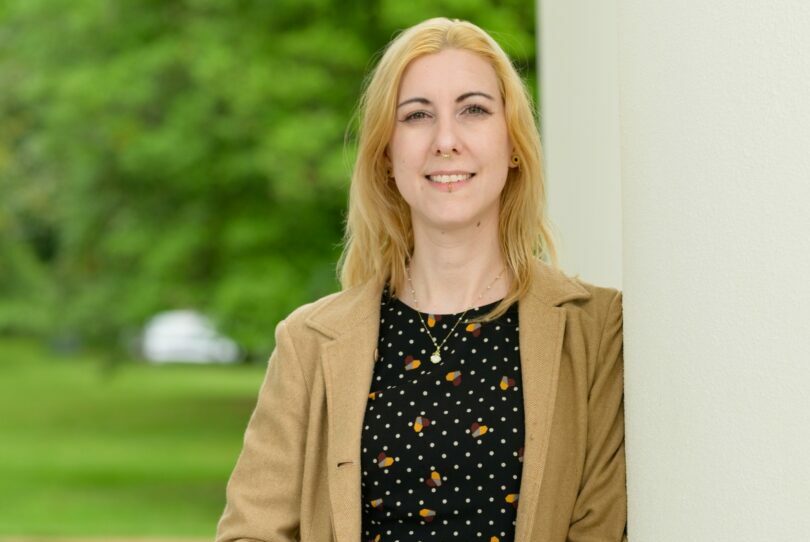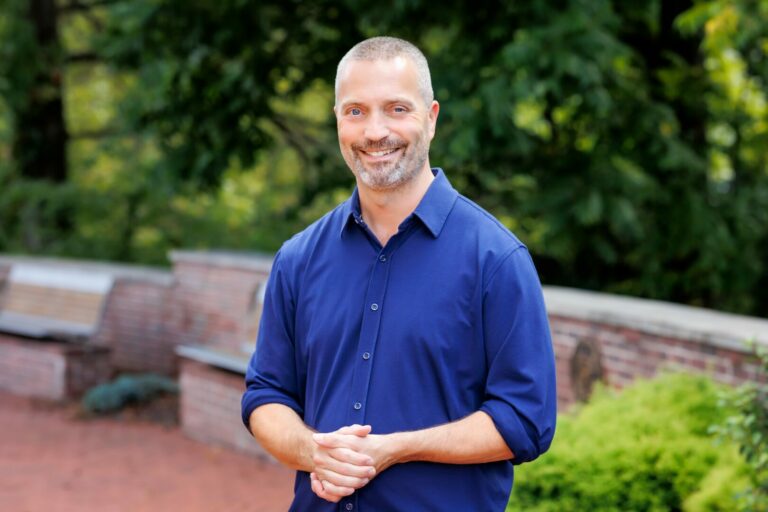We recently had the chance to connect with Whitney Sherman and have shared our conversation below.
Whitney, really appreciate you sharing your stories and insights with us. The world would have so much more understanding and empathy if we all were a bit more open about our stories and how they have helped shaped our journey and worldview. Let’s jump in with a fun one: What makes you lose track of time—and find yourself again?
Digging into my family history on both sides is one of my favorite activities. Doing geneaology correctly requires verifying information from several sources making the research time-consuming. I love the pursuit of historic and familial information. You’d be surprised at what can be inferred from documents such as the dates on a marriage certificate compared to the birth certificate of a first child. I also get lost in sleuthing connections between specific ancestors, their connection to local and national events and connections to others. I’ve discovered cousin relationships to several people in my life and through my workplace as well as connections to people I’ve learned about in school and through my own research. I didn’t know much about my family through oral history. I never met my mother’s parents [her mother died when she was 10 months old and her father left his children with his sisters], and my father’s mother died when I was 5. That left only my paternal grandfather who, despite living with us and owning many family relics, never talked about his family. Many years later I discovered why. My grandfather’s grandfather had been poisoned by his 2nd wife. She also poisoned two of his children and prior to marrying him had poisoned husband 1 and 2 and all 6 of her biological children. The trial was covered by a now defunct New Haven CT newspaper and caused the remaining children, including my great-grandfather to be removed to relatives who had recently moved to NJ. The trial was also covered in Harper’s Weekly. My grandfather would have heard about this from his father who had testified at the trial yet nothing of it was passed on to my father. When I discovered this family trauma and shared it with him, he was astonished. This is only one story unearthed through my research. I’ve also learned Benjamin Franklin is my 1st cousin 9 times removed, and that I have cousin connections to Eli Whitney, Franklin Delano Roosevelt and Bill Nye [the science guy]. Aside from known-named people there are many other interesting things I’ve learned about places and event my ancestors have lived through. In a way, geneaology is the best way to learn about history while discovering things that contribute to my identity.
Can you briefly introduce yourself and share what makes you or your brand unique?
If we were meeting for the first time, I’d identify myself as an illustrator or more broadly, I’d say I’m an artist. That would be followed up with my identity as an educator which has increasingly been a large part of my life. I’d happily go into what makes up the life of an illustrator and arts educator. Since I founded the Illustration Practice graduate program at MICA, I’d also describe why I created it to scaffold illustration as an ever expanding practice. I’d also talk about being a self-taught gardener, a collector of smalls, and how drawing on ceramics has extended my ideas about where illustration lives and how it defines us culturally through storytelling. Illustration is, after all, storytelling.
The illustration work on my site whitneysherman.com, where you can see my commissioned work for clients as well as links to writing I’ve done, covers alot of ground and shows that my work has been mainly editorial and conceptual in nature. On pbodydsign.com, you could read about the origins of Pbody Dsign, where playing with ceramic forms and their surfaces came from an artist residency in Brittany, an area known for Quimper ware. While there, I remembered seeing Quimper at a neighbors house when I was a high school babysitter. It was really exciting to go there after many many years to see the factory where it is made. Although painted by different hands, the premise of the Quimper designs remains the same since the 17th century, and being there gave me an appreciation for small scale production work.
I don’t throw on a wheel, rather I love clay as a material so the clay forms are either cast or hand-built. I love the functionality of ceramic pieces, their forms and surfaces as well as the aesthetics of the material. As a side interest, I also love watching archaeology programs and participate in a dig at St. Mary’s City, Maryland where I found a bead. That was a bucket list item. Interestingly, one of the most datable artifacts found on digs are clay sherds. There is longevity, history and connection to how people lived found in clay.
I’d call myself a person who draws—whether on paper or by scratching marks into clay. My clay work is always one-of-a-kind or in limited editions. Sometimes I’ll re-edition a pattern or form that I really enjoyed making. I like to work in a space that includes beauty, concept and utility but doesn’t rely on having it all to be interesting to me. What inspires me when working on clay are natural forms whereas with 2d illustration, I gravitate to the human figure to express my ideas. One day at a museum with my husband [whose own paintings do not include people] we were looking at a small Corot landscape. It was one I would have easily passed by. He hadn’t and I asked him to tell me what he saw in it. That opened my eyes to appreciate non-figurative work much more and I’ve leaned into including non-figurative surface design where the shape and function of the vessel come first along with hand-built pieces that are figurative. There’s alot of adventure in not being a formalist.
Currently I’m sketching out biographical images for fabric that I’ll use to reupholster my grandmother’s settee. The fabric pieces will be cut using the original covering and will be embellished with appliqué, embroidery and block printing. I’m also collecting very small white or cream color vintage dishes to do a series of Nazar or evil eye pieces. These would be done using on-glaze which sits on top of the clear glaze already on the wares.
Amazing, so let’s take a moment to go back in time. What was your earliest memory of feeling powerful?
My earliest memory of feeling powerful was when I convinced my father to unlock the gate to our fenced in back yard. He was strict and a disciplinarian. My siblings and I had protested him keeping a lock on the gate which he rationalized as a means to protect us. My argument was that we were being locked in rather than being protected from anyone entering. He siad we were precious to him and he would no sooner leave us unprotected than leave a gold bar in the front yard. I had a hard time making that equation work. I thought we as children had more common sense than a valuable yet inanimate object and I told him so. He ultimately unlocked the gate and I think was bargaining on calling our bluff. We did go outside the gate, in fact we played on it [it was as wide as the driveway] swinging back and forth. We didn’t really want to go anywhere, we just didn’t want to be locked in, we wanted to be trusted. I felt I’d accomplished a “win” while also learning that my father was not a wholly unreasonable person. Those two things together felt really powerful.
When you were sad or scared as a child, what helped?
I don’t recall being scared much as a child. I think my parents made me feel safe. I also had an explorer gene in me so I would venture out on my bike and cut through the woods. I can remember thinking if anyone chased me, I could out run them. I was physically active, a good climber and had alot of confidence. One day I was walking home and saw a baby squirrel on a telephone pole. I grabbed it and stuffed it in my shirt. No fear. I took it home, showed my mother [she was kind of speechless] and put it in the rabbit hutch we had in the back yard. It rode around on the rabbit’s back which we all found entertaining. That said, I’ll admit that occasionally I’d keep vampires from biting me by tucking the top sheet around my neck.
Sure, so let’s go deeper into your values and how you think. What truths are so foundational in your life that you rarely articulate them?
Its hard to gain knowledge without knowing the basics yet intuition can get you to new insights.
Trust is required.
Most things require effort, especially happiness.
Ask for help.
Before we go, we’d love to hear your thoughts on some longer-run, legacy type questions. Could you give everything your best, even if no one ever praised you for it?
Every day.
Contact Info:
- Website: www.whitneysherman.com and www.pbodydsign.com and www.micaillustrationpractice.com
- Instagram: @whitneysherman and @pbodydsign.com and @mfa_ilp
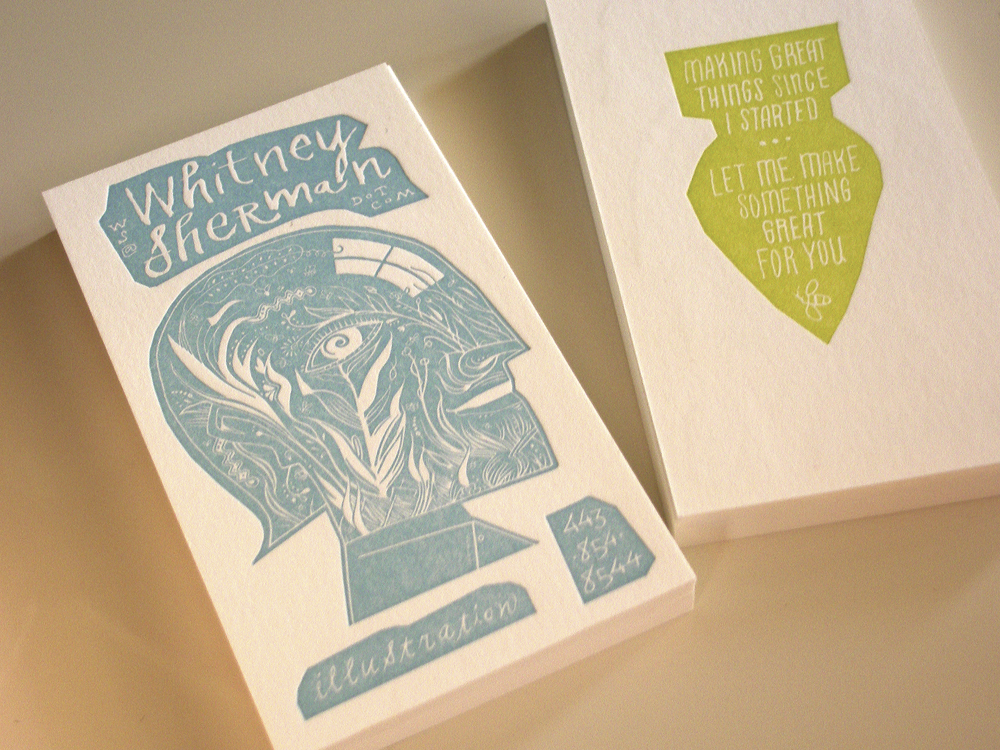
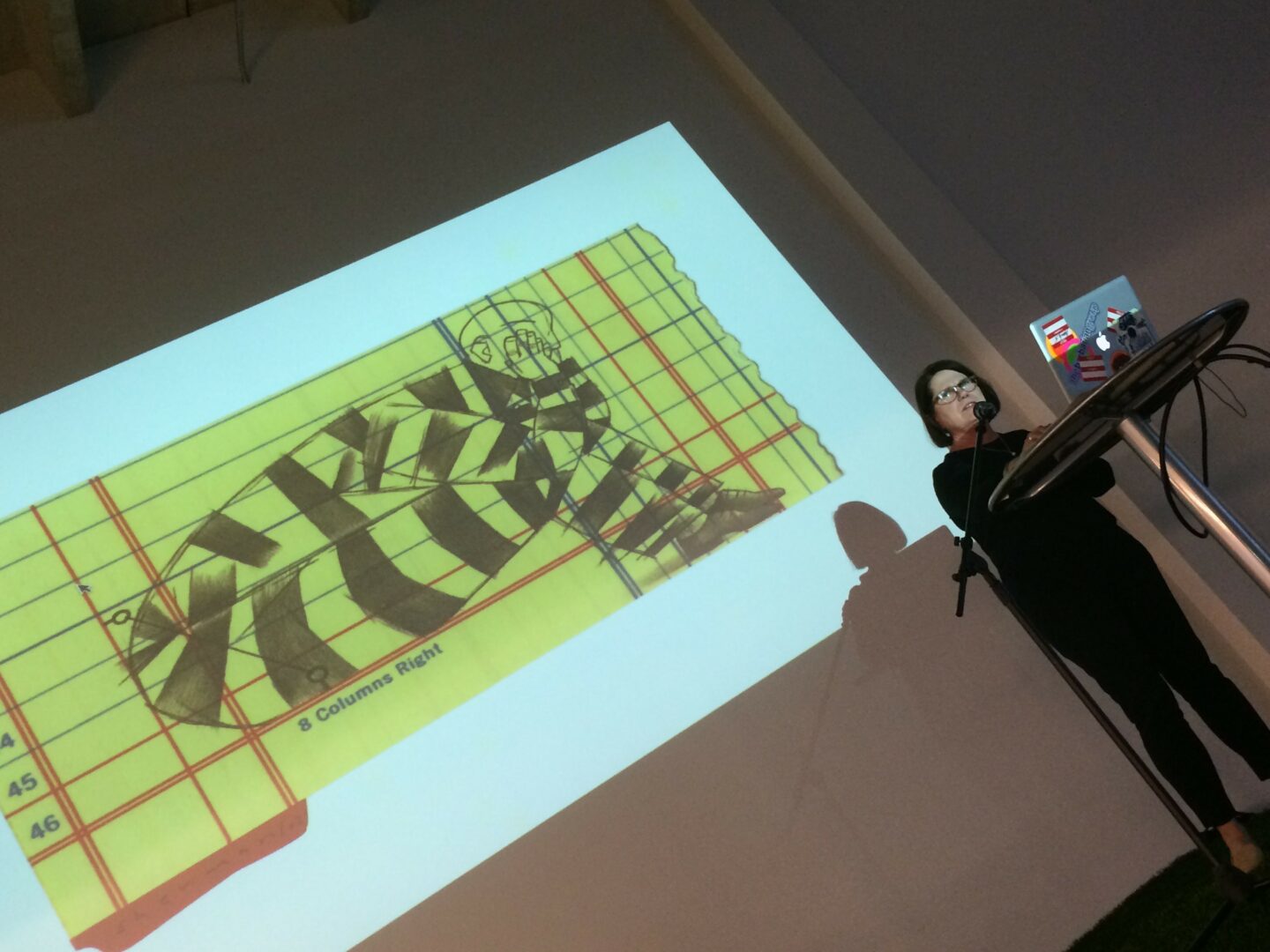
![]()
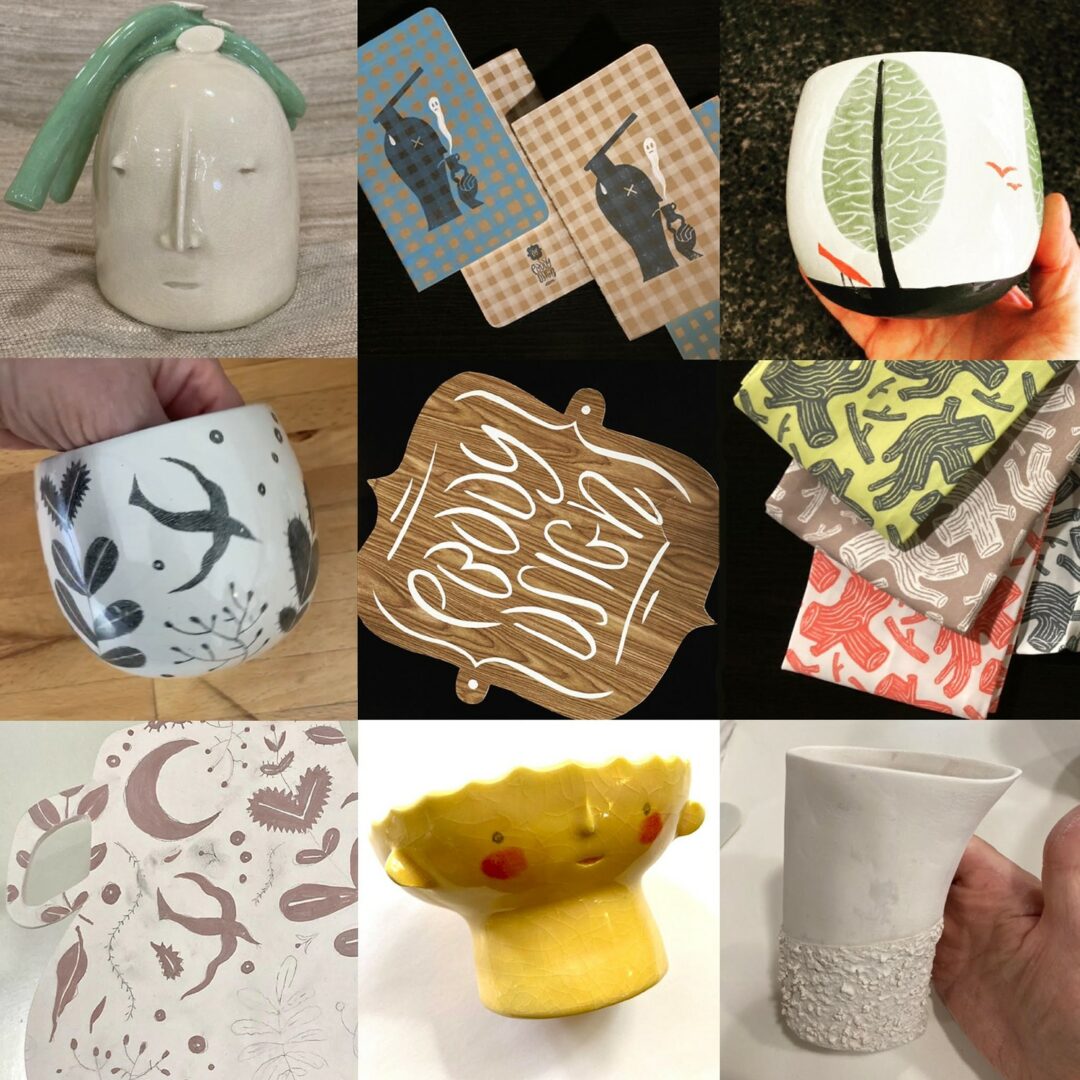

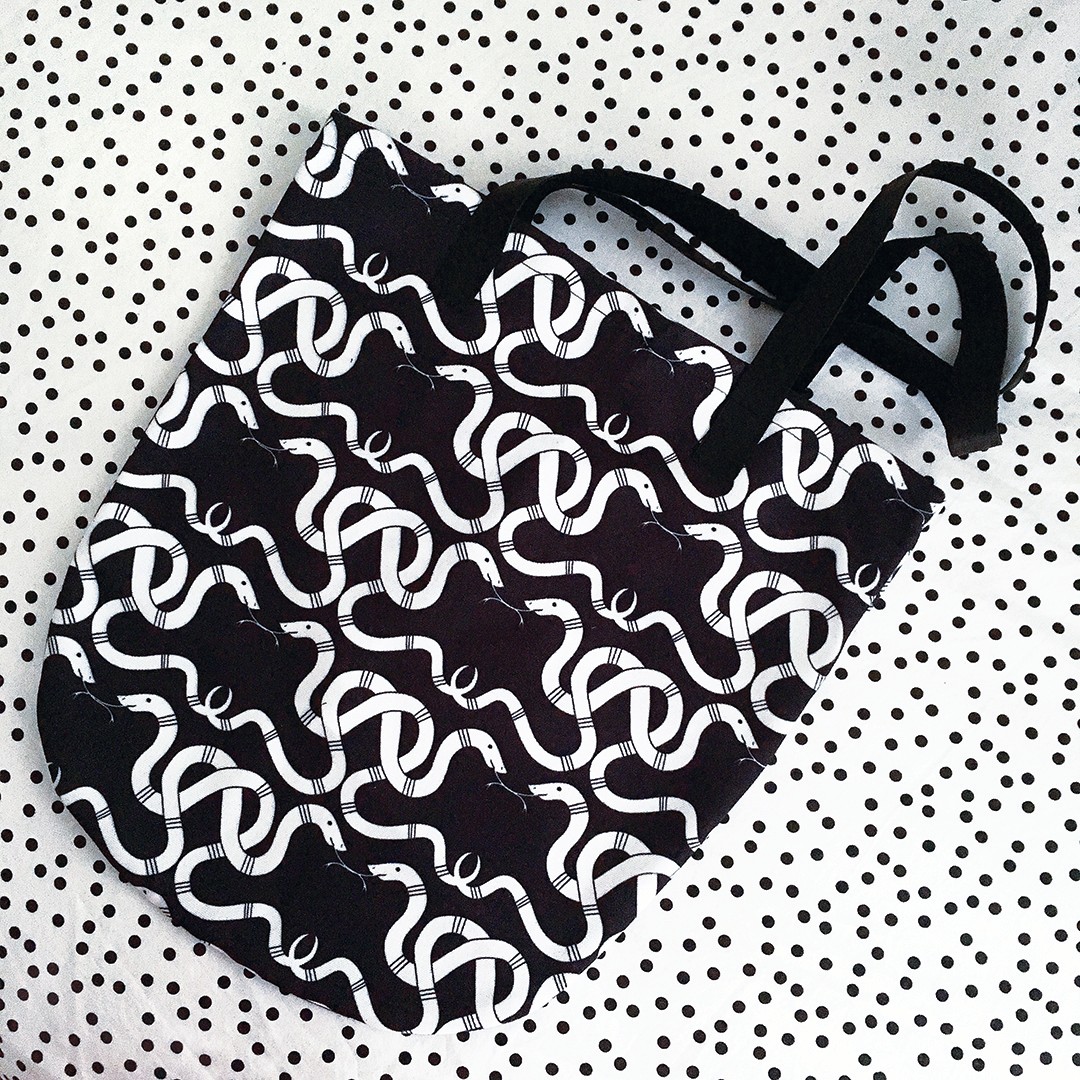

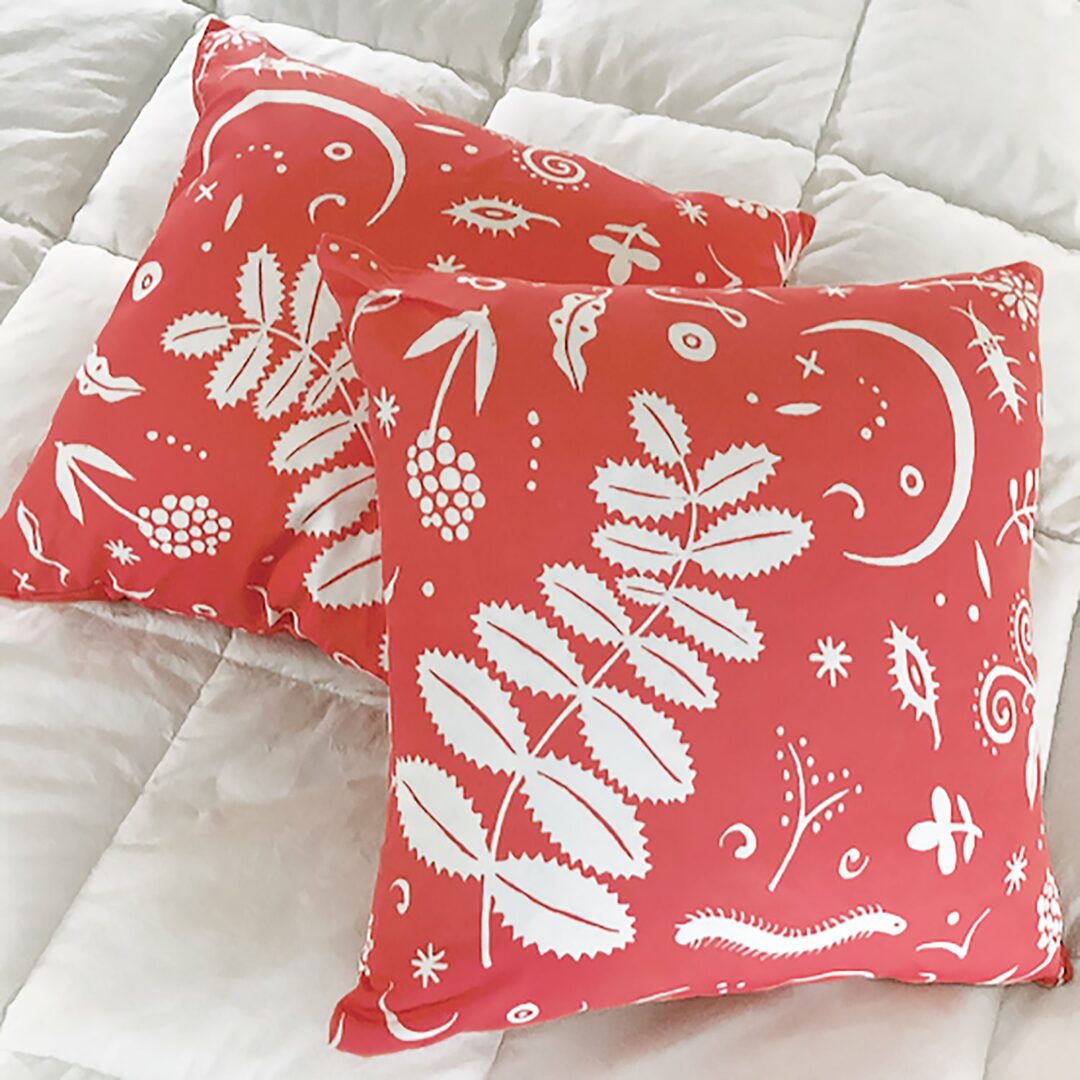
Image Credits
[see file names]
so if you or someone you know deserves recognition please let us know here.

